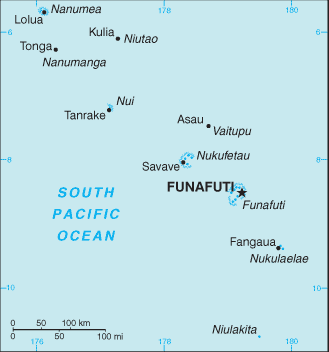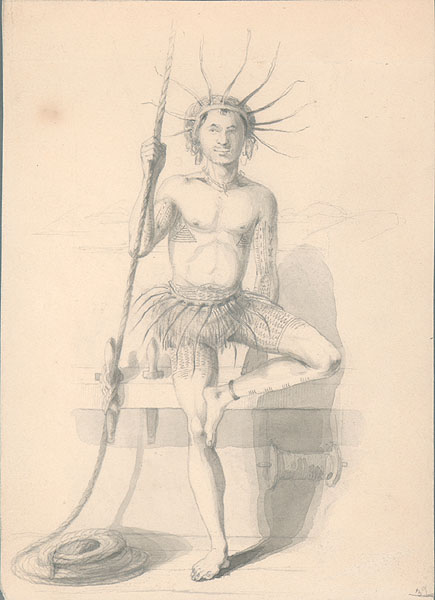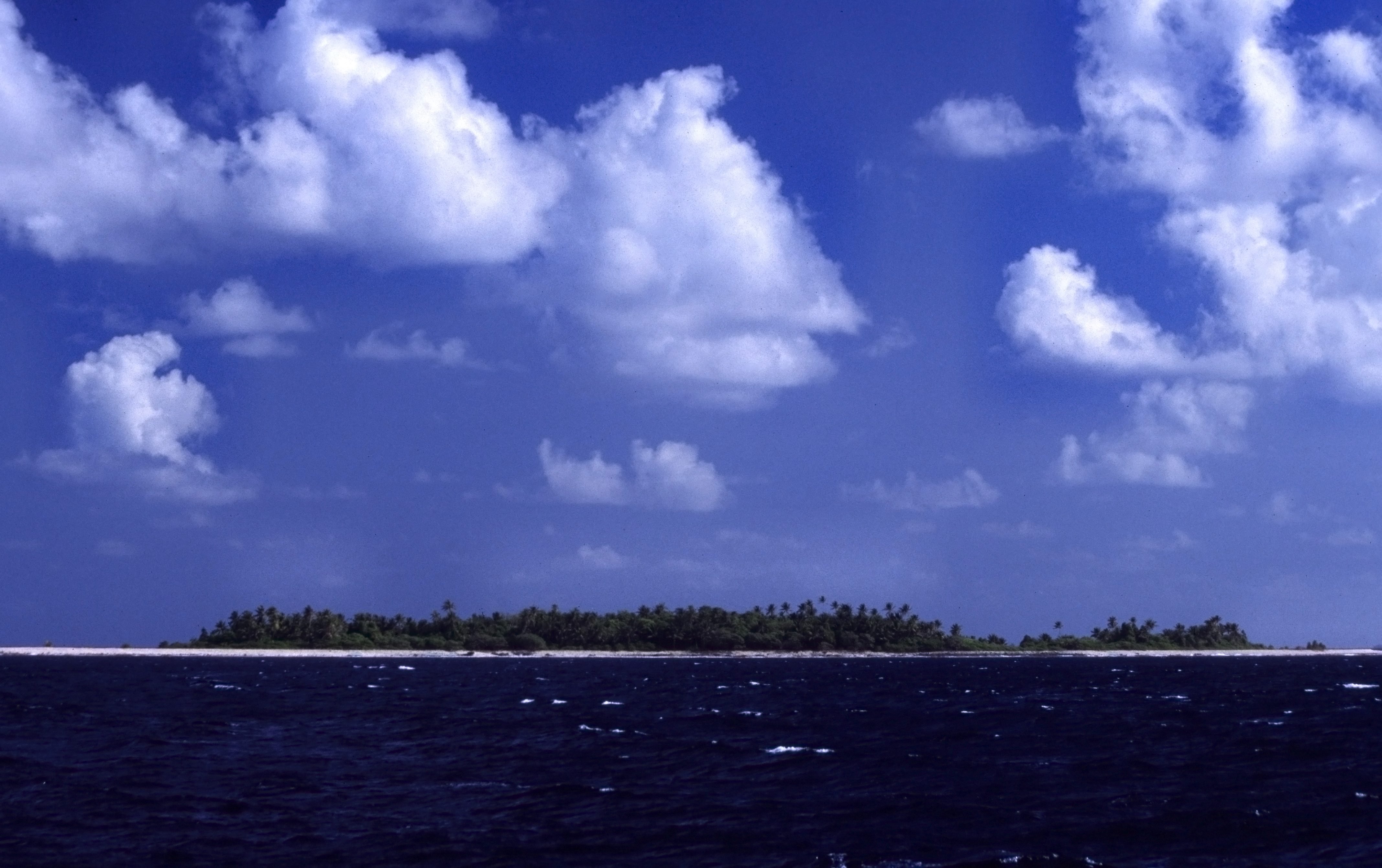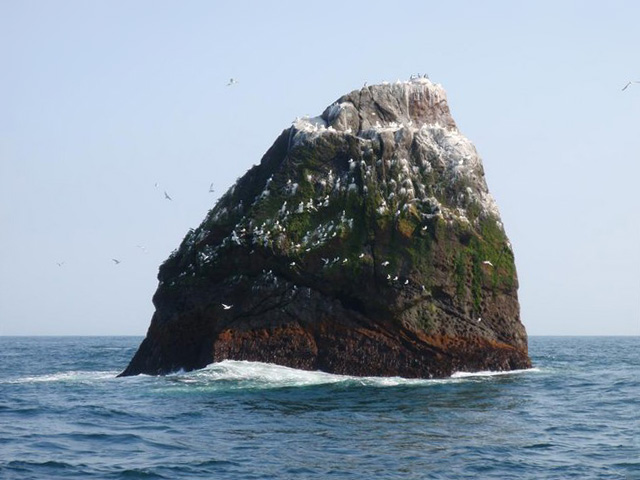|
Savave
Savave is a village and islet of Nukufetau, Tuvalu Tuvalu ( ) is an island country in the Polynesian subregion of Oceania in the Pacific Ocean, about midway between Hawaii and Australia. It lies east-northeast of the Santa Cruz Islands (which belong to the Solomon Islands), northeast of Van ..., which is on the lagoon side of Fale islet. It is also the name of the small village on the island. In the late 19th century, after the coming of the missionaries, the people of Nukufetau lived on Fale islet before shifting to Savave which is on the lagoon side of the Fale settlement. In 1951 the school that was located on Motumua islet was transferred to Savave and became the government primary school for Nukufetau. It was named the Tutasi Memorial School in honour of its predecessor. It has 586 inhabitants. The Monument to the Friendship between Nukufetau and Nanumea is located on the islet. https://evendo.com/locations/tuvalu/nukufetau/landmark/monument-to-the-friendship-bet ... [...More Info...] [...Related Items...] OR: [Wikipedia] [Google] [Baidu] |
Nukufetau
Nukufetau is an atoll that is part of the nation of Tuvalu. The atoll was claimed by the US under the Guano Islands Act some time in the 19th century and was ceded in a treaty of friendship concluded in 1979 and coming into force in 1983. It has a population of 581 who live on Savave islet (2022 Census). Geography Nukufetau is an atoll with passages through the reef that allow large ships to enter and anchor in the lagoon. Nukufetau consists of at least 33 islets: * Faiava Lasi * Fale * Funaota * Kongo Loto Lafanga * Lafanga * Matanukulaelae * Motufetau * Motulalo * Motuloa (north of Nukufetau) * Motuloa (south of Nukufetau) * Motumua * Niualuka * Niuatui * Oua * Sakalua * Savave * Teafatule * Teafuaniua * Teafuanonu * Teafuone * Temotuloto * and at least 12 other islands The biggest island is Motulalo. In the late 19th century, after the coming of the missionaries, the people of Nukufetau lived on Fale islet before shifting to Savave which is on the ... [...More Info...] [...Related Items...] OR: [Wikipedia] [Google] [Baidu] |
Fale, Tuvalu
Fale is an islet of Nukufetau, Tuvalu. The traditional history of Nukufetau recalls that in order to protect the atoll from raiders from Tonga, Lagitupu and Laupapa, two aliki (chiefs) protected Fale. Lagitupu and Laupapa created a trap at a place still called Tututekolo, which was beside a path which led to the beach, where they would surprise the raiders and spear them or split their skulls with an axe made from shells. In the late 19th century, after the coming of the missionaries, the people of Nukufetau lived on Fale before shifting to Savave, an islet on the lagoon side of the Fale and Laupapa settlement. Historic grave sites have been found on Fale. Food is grown on Fale, supplying to the main village on neighbouring Savave Savave is a village and islet of Nukufetau, Tuvalu Tuvalu ( ) is an island country in the Polynesian subregion of Oceania in the Pacific Ocean, about midway between Hawaii and Australia. It lies east-northeast of the Santa Cruz Islands (w ... ... [...More Info...] [...Related Items...] OR: [Wikipedia] [Google] [Baidu] |
Motumua
Motumua is an islet of Nukufetau, Tuvalu to the east of Fale islet. On 11 February 1947 the community of Nukufetau opened a boarding school on Motumua so that the children of the island could get an education. The school continued until 1951 when the Education Department requested that it be transferred to Savave and become the government primary school A primary school (in Ireland, India, the United Kingdom, Australia, New Zealand, Trinidad and Tobago, Jamaica, South Africa, and Singapore), elementary school, or grade school (in North America and the Philippines) is a school for primary ... for Nukufetau. References Islands of Tuvalu Pacific islands claimed under the Guano Islands Act Nukufetau {{tuvalu-geo-stub ... [...More Info...] [...Related Items...] OR: [Wikipedia] [Google] [Baidu] |
Islands Of Tuvalu
Tuvalu consists of nine separate islands: six atolls and three reef islands. An atoll typically consists of several motus: Tuvalu has a total of 124 islands and islets. Each island is surrounded by a coral reef. The soils of Tuvalu's islands are usually shallow, porous, alkaline, coarse-textured, with carbonate mineralogy and high pH values of up to 8.2 to 8.9. The soils are usually deficient in most of the important nutrients needed for plant growth, so garden beds need to be enhanced with mulch to increase their fertility. Tuvalu's small, widely scattered atolls have a total land area of only about making Tuvalu the fourth-smallest country in the world. The sea level at the Funafuti tide gauge has been rising at a rate of 3.9 mm per year, and it has been determined that rising sea levels are causing more wave energy to be transferred across reef surfaces, which has tended to push more sand onto island shorelines, increasing islands’ land area. Over a recent four-dec ... [...More Info...] [...Related Items...] OR: [Wikipedia] [Google] [Baidu] |
Islet
An islet ( ) is generally a small island. Definitions vary, and are not precise, but some suggest that an islet is a very small, often unnamed, island with little or no vegetation to support human habitation. It may be made of rock, sand and/or hard coral; may be permanent or tidal (i.e. surfaced reef or seamount); and may exist in the sea, lakes, rivers or any other sizeable bodies of water. Definition As suggested by its origin ''islette'', an Old French diminutive of "isle", use of the term implies small size, but little attention is given to drawing an upper limit on its applicability. The World Landforms website says, "An islet landform is generally considered to be a rock or small island that has little vegetation and cannot sustain human habitation", and further that size may vary from a few square feet to several square miles, with no specific rule pertaining to size. Other terms * Ait (/eɪt/, like eight) or eyot (/aɪ(ə)t, eɪt/), a small island. It is espe ... [...More Info...] [...Related Items...] OR: [Wikipedia] [Google] [Baidu] |
Tuvalu
Tuvalu ( ) is an island country in the Polynesian subregion of Oceania in the Pacific Ocean, about midway between Hawaii and Australia. It lies east-northeast of the Santa Cruz Islands (which belong to the Solomon Islands), northeast of Vanuatu, southeast of Nauru, south of Kiribati, west of Tokelau, northwest of Samoa and Wallis and Futuna, and north of Fiji. Tuvalu is composed of three reef islands and six atolls spread out between the latitude of 5th parallel south, 5° and 10th parallel south, 10° south and between the longitude of 176th meridian east, 176° and 180th meridian, 180°. They lie west of the International Date Line. The 2022 census determined that Tuvalu had a population of 10,643, making it List of countries and dependencies by population, the second-least populous country in the world, behind Vatican City. Tuvalu's total land area is . The first inhabitants of Tuvalu were Polynesians arriving as part of the History of the Polynesian people, migration of ... [...More Info...] [...Related Items...] OR: [Wikipedia] [Google] [Baidu] |
Monument To The Friendship Between Nukufetau And Nanumea
A monument is a type of structure that was explicitly created to commemorate a person or event, or which has become relevant to a social group as a part of their remembrance of historic times or cultural heritage, due to its artistic, historical, political, technical or architectural importance. Examples of monuments include statues, (war) memorials, historical buildings, archaeological sites, and cultural assets. If there is a public interest in its preservation, a monument can for example be listed as a UNESCO World Heritage Site. The '' Palgrave Encyclopedia of Cultural Heritage and Conflict'' gives the next definition of monument:Monuments result from social practices of construction or conservation of material artifacts through which the ideology of their promoters is manifested. The concept of the modern monument emerged with the development of capital and the nation-state in the fifteenth century when the ruling classes began to build and conserve what were termed monument ... [...More Info...] [...Related Items...] OR: [Wikipedia] [Google] [Baidu] |
Populated Places In Tuvalu
Population is a set of humans or other organisms in a given region or area. Governments conduct a census to quantify the resident population size within a given jurisdiction. The term is also applied to non-human animals, microorganisms, and plants, and has specific uses within such fields as ecology and genetics. Etymology The word ''population'' is derived from the Late Latin ''populatio'' (a people, a multitude), which itself is derived from the Latin word ''populus'' (a people). Use of the term Social sciences In sociology and population geography, population refers to a group of human beings with some predefined feature in common, such as location, race, ethnicity, nationality, or religion. Ecology In ecology, a population is a group of organisms of the same species which inhabit the same geographical area and are capable of interbreeding. The area of a sexual population is the area where interbreeding is possible between any opposite-sex pair within the area ... [...More Info...] [...Related Items...] OR: [Wikipedia] [Google] [Baidu] |
Pacific Islands Claimed Under The Guano Islands Act
The Pacific Ocean is the largest and deepest of Earth's five oceanic divisions. It extends from the Arctic Ocean in the north to the Southern Ocean, or, depending on the definition, to Antarctica in the south, and is bounded by the continents of Asia and Australia in the west and the Americas in the east. At in area (as defined with a southern Antarctic border), the Pacific Ocean is the largest division of the World Ocean and the hydrosphere and covers approximately 46% of Earth's water surface and about 32% of the planet's total surface area, larger than its entire land area ().Pacific Ocean . '' Britannica Concise.'' 2008: Encyclopædia Britannica, Inc. The centers of both the |






